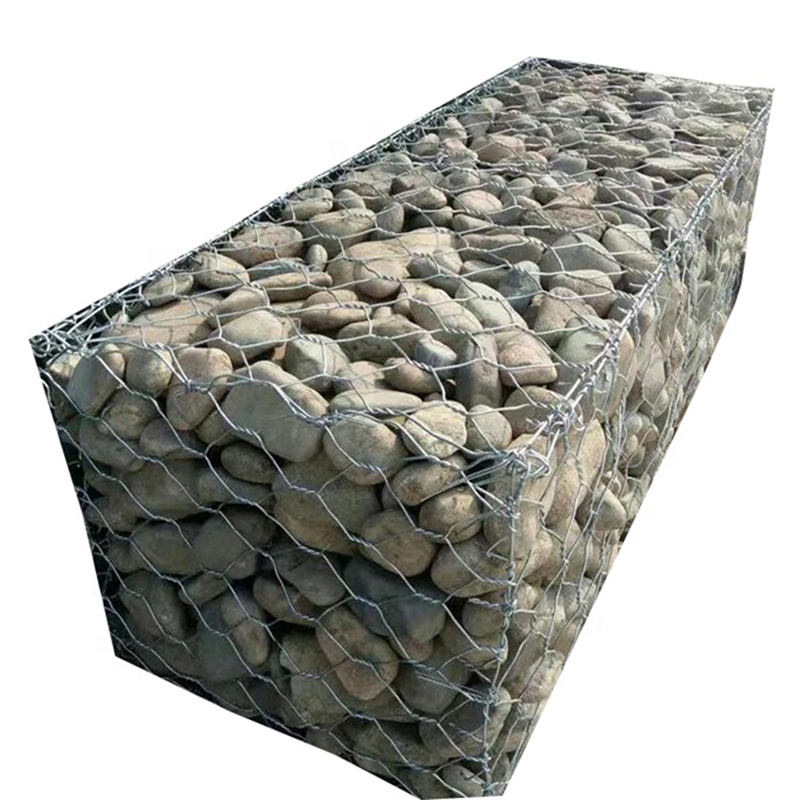Ιούλ . 31, 2024 23:01 Back to list
Factors Influencing the Price of Gabion Wall Materials from Various Suppliers and Manufacturers
Understanding the Costs of Gabion Walls A Guide for Suppliers
Gabion walls have become increasingly popular in construction and landscaping due to their durability, aesthetic appeal, and environmental benefits. These structures consist of wire mesh cages filled with stones, rocks, or other materials, creating a solid barrier that is both functional and cost-effective. For suppliers in this industry, understanding the costs associated with gabion walls is crucial for effective pricing, marketing strategies, and customer education.
Material Costs
The primary cost component of a gabion wall is the materials used, which include the wire mesh, the filling material, and any additional components such as geotextiles for drainage. The cost of wire mesh can vary significantly depending on factors such as the type of wire used (galvanized, PVC-coated, or stainless steel), the gauge of the wire, and the manufacturing process. While galvanized wire is the most common due to its cost-effectiveness and durability, suppliers should consider the benefits of PVC-coated wire for applications where aesthetics or corrosion resistance are critical.
The filling material, typically stone or rock, also influences the overall cost. The price can fluctuate based on local availability, type of stone (granite, limestone, etc.), and transportation costs. For suppliers, sourcing high-quality materials locally can help reduce expenses and lead to better pricing for customers.
Labor and Installation Costs
Beyond materials, labor costs play a vital role in the overall expense of supplying gabion walls. Installation generally requires skilled labor to ensure a proper and stable setup, especially in larger projects. Suppliers might need to collaborate with contractors or offer installation services to ensure quality compliance, which can affect pricing structures. Depending on the complexity of the project, labor costs can vary widely.
Additionally, suppliers may want to factor in the time and resources needed for site preparation, including excavation and leveling. These preparatory steps are essential for ensuring the longevity and functionality of the gabion structure, but they also add to the overall project cost.
cost of a gabion wall suppliers

Transportation and Logistics
Transporting gabion materials to and from the supplier’s facility to the project site is another critical cost factor. Gabion stones can be heavy, leading to increased transportation costs. It’s important for suppliers to optimize their logistics, potentially using bulk transport methods or arranging local deliveries to minimize expenses.
Moreover, suppliers should consider the environmental impact of their delivery methods, as transportation emissions can affect their overall sustainability profile. Emphasizing eco-friendly practices in the supply chain can also appeal to environmentally conscious consumers.
Market Trends and Competitors
In determining the cost of gabion walls, suppliers should keep an eye on market trends and competitors. Understanding what similar suppliers charge for comparable products and services can help in establishing competitive pricing. Additionally, suppliers should conduct market research to identify emerging trends, such as the increasing demand for eco-friendly materials and sustainable construction practices.
Supply chain disruptions, such as those seen during the COVID-19 pandemic, have also affected material availability and pricing. Suppliers need to remain agile and adaptable in their strategies to mitigate these impacts.
Conclusion
In conclusion, the cost of providing gabion walls encompasses various factors, including material selection, labor, and transportation. For suppliers, a thorough understanding of these costs is essential for competitive pricing and effective marketing. By staying informed about industry trends and focusing on quality materials and services, suppliers can position themselves as leaders in this growing market, meeting the needs of customers seeking durable and eco-friendly construction solutions.
-
Why PVC Coated Gabion Mattress Is the Best Solution for Long-Term Erosion Control
NewsMay.23,2025
-
Gabion Wire Mesh: The Reinforced Solution for Modern Construction and Landscape Design
NewsMay.23,2025
-
Gabion Wall: The Flexible, Seismic-Resistant Solution for Modern Landscaping and Construction
NewsMay.23,2025
-
Gabion Wall Solutions: The Durable, Decorative, and Affordable Choice for Every Landscape
NewsMay.23,2025
-
Gabion Basket: The Durable and Flexible Alternative to Traditional Retaining Walls
NewsMay.23,2025
-
Gabion Basket: The Proven Solution for Slope Stability and Flood Control
NewsMay.23,2025
-
Versatility of Chain Link Fence Gabion
NewsMay.13,2025






